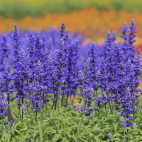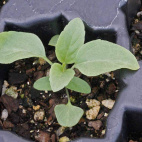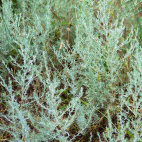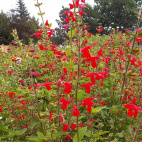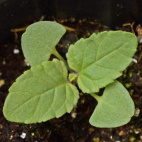Color
Availability
USDA Zone
Region
Type
Duration
Season
Germination
Soil
Sunlight
Height
Use
Narrow Your Search
Color
Availability
USDA Zone
Region
Type
Duration
Season
Germination
Soil
Sunlight
Height
Use
Wildflowers - Sage Seeds
Some people think of Sage as just a culinary plant, but there are many native types of Sage seed that are useful in the flower garden as well! There are some gorgeous blue varieties of this garden herb seed like Azure Blue Sage, and a bright red variety called Scarlet Sage. The kinds of Sage in the Artemisia family are not grown out for their taste or their flowers, but the whitish foliage is the attraction of this plant.
-
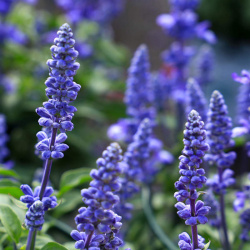 On Sale!
Blue Sage Seeds
Salvia farinacea
Dressed in vivid blue, these wildflower spikes are easy to grow. This perennial comes from Texas, so it can tolerate a lot of heat and drought. This plant has a wild habit and may look a little unruly in a refined garden.Quick View$3.48 Pkt - $15.72 / Oz
On Sale!
Blue Sage Seeds
Salvia farinacea
Dressed in vivid blue, these wildflower spikes are easy to grow. This perennial comes from Texas, so it can tolerate a lot of heat and drought. This plant has a wild habit and may look a little unruly in a refined garden.Quick View$3.48 Pkt - $15.72 / Oz -
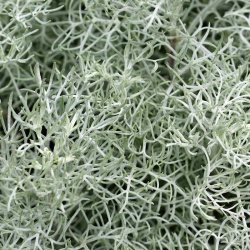 Out Of Stock
Fringed Sage Seeds
Artemisia frigida
This hardy plant of the western plains provides excellent ground cover and erosion control for poor soil. In addition, its silvery foliage lends striking beauty to the landscape.Quick Viewx
Out Of Stock
Fringed Sage Seeds
Artemisia frigida
This hardy plant of the western plains provides excellent ground cover and erosion control for poor soil. In addition, its silvery foliage lends striking beauty to the landscape.Quick ViewxFringed Sage Seeds
Artemisia frigida
This hardy plant of the western plains provides excellent ground cover and erosion control for poor soil. In addition, its silvery foliage lends striking beauty to the landscape.
$2.98 Pkt - $9.88 / Oz -
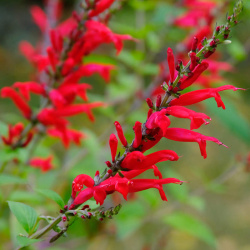 Scarlet Sage Seeds
Salvia coccinea
Ablaze with color, these crimson spikes come from the southern US, but can be grown as an annual in most areas. The hummingbirds love these red tubular flowers, and will be zinging through your garden with delight!Quick View$3.25 Pkt - $11.03 / Oz
Scarlet Sage Seeds
Salvia coccinea
Ablaze with color, these crimson spikes come from the southern US, but can be grown as an annual in most areas. The hummingbirds love these red tubular flowers, and will be zinging through your garden with delight!Quick View$3.25 Pkt - $11.03 / Oz
Some people think of Sage as just a culinary plant, but there are many native types of Sage seed that are useful in the flower garden as well! There are some gorgeous blue varieties of this garden herb seed like Azure Blue Sage, and a bright red variety called Scarlet Sage. The kinds of Sage in the Artemisia family are not grown out for their taste or their flowers, but the whitish foliage is the attraction of this plant.




